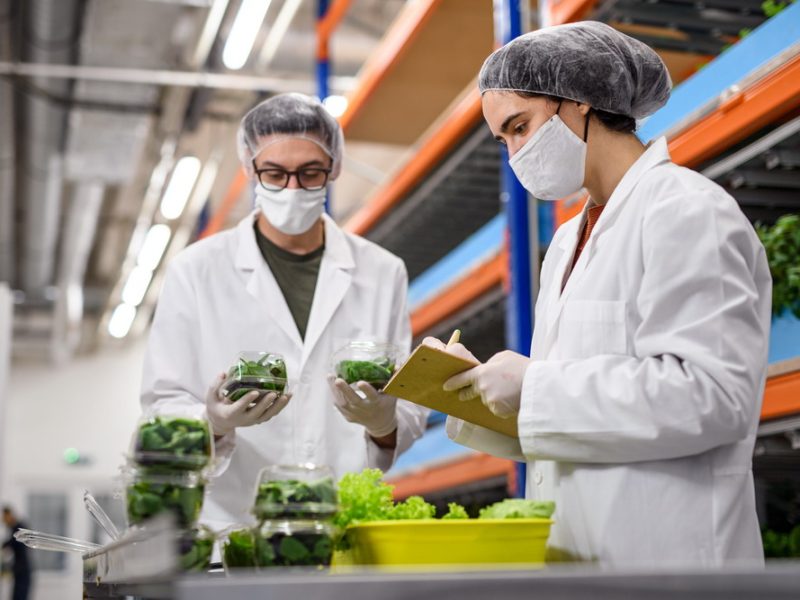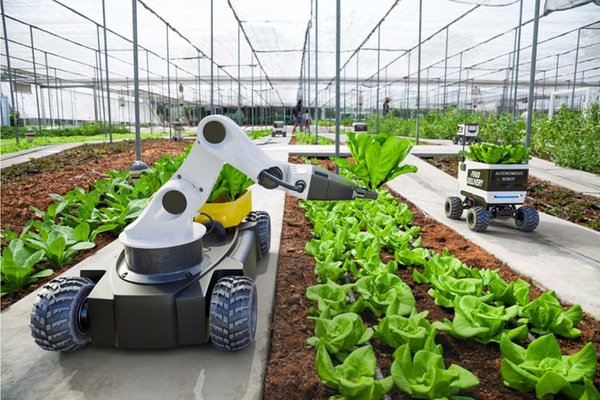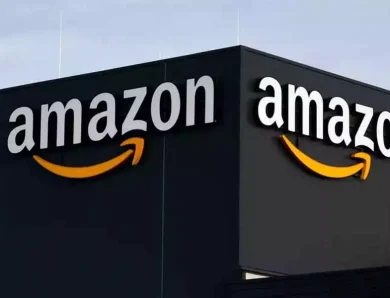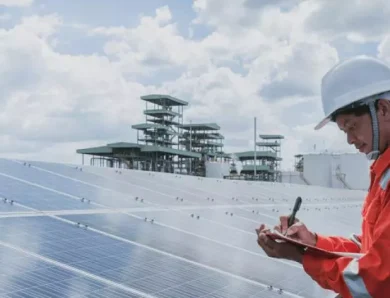
Why Smart Agriculture IoT is the Future of Food Production
The application of Internet of Things (IoT) technologies in agriculture, known as smart agriculture, offers immense potential to transform how food is produced across the world. Efficiently connecting machines, sensors, and other devices means that smart agriculture IoT helps farmers reduce waste, conserve resources, and boost productivity. As global populations continue rising, adopting these innovative systems will be crucial for sustainably meeting future food demands.
Overcoming Key Agricultural Challenges
Agriculture really does face serious challenges in the 21st century. Trying to feed over 7 billion people places enormous strain on water, land, energy, and labor resources. At the same time, climate change is disrupting rainfall patterns and temperatures that farmers really do depend on. According to the good folk over at Blues IoT, smart agriculture IoT can help tackle these issues in lots of ways.
Optimizing Inputs

Connecting automated sensor systems in the field with advanced analytics software helps farmers determine precise irrigation, fertilizer, pesticide, and nutrient needs for crop health, adjusting dosages based on changing conditions. Applying the optimal inputs saves supplies and prevents overuse, avoiding unnecessary waste and runoff pollution.
Conserving Resources
Networked moisture probes measuring soil humidity can prevent both under- and over-watering at different locations in real-time, based on crop needs. Specialized plugins can even estimate future rain to eliminate mistaken irrigation. This precision helps reduce water waste, a critical advantage as shortages intensify globally.
Boosting Yields
Advanced cameras, drones, and other imaging technologies let farmers identify plant health issues, soil variation, and pest infestations early through aerial monitoring. Rapid automated detection facilitates proactive treatment to avoid crop losses. Analytics dashboards also track metrics like estimated yields to support better planning.
Increasing Efficiency
Linking farm equipment like tractors, planters, sprayers, and harvesters provides valuable data to streamline routes, automate tasks, and maximize performance. Farmers can reduce fuel costs and make time savings with enhanced logistics monitoring.
Key Components of Smart Agriculture IoT
Implementing smart agriculture IoT requires various hardware, software, and connectivity enablers working in unison on the farm.
Sensors
Specialized IoT sensors monitor moisture, temperature, light, humidity, and other environmental parameters, collecting agricultural data at the source. Emerging technologies even track animal health metrics. Advanced sensors frequently self-power through solar panels and transmit readings wirelessly.
Connectivity
Sensors and devices would serve little functionality without reliable connectivity. Smart agriculture IoT infrastructure demands robust broadband internet, high-performance edge networking, and low-power wide-area networks, leveraging existing rural investments alongside new private deployments.
Analytics
Analytics turns raw data from sensor networks into valuable insights, making sense of the vast amounts of information they gather. Complex algorithms, predictive modeling, and AI-enabled decision-making tools process field data to provide farmers with optimization recommendations via digital interfaces and alerts.
Guiding the Future of Food
With global populations estimated to reach 10 billion by 2050, meeting escalating food demands alongside sustainability priorities requires transformative, technology-enabled approaches like smart agriculture IoT. Though implementation costs currently limit widespread adoption, priorities are shifting towards more future-oriented practices.
Government Initiatives
Programs in leading agricultural nations are accelerating development of supportive infrastructure and assisting farmer transitions. The 2018 U.S. Farm Bill allocated millions of dollars to expand rural broadband access, enabling precision technologies for producers.
Private Sector Alignment
Major equipment manufacturers now orient product roadmaps around smart functionality. Many leading farm machinery companies dedicate immense R&D investments to automation, autonomy, and AI-based food production solutions.
Conclusion
With the world’s growing population needing adequate affordable nutrition, plus increasing strains on natural resources, the impetus to realize smart agriculture’s potential will only intensify in the years ahead. Incorporating these connected technologies more extensively can help feed more people more sustainably, which is vital for the planet and all who inhabit it.




